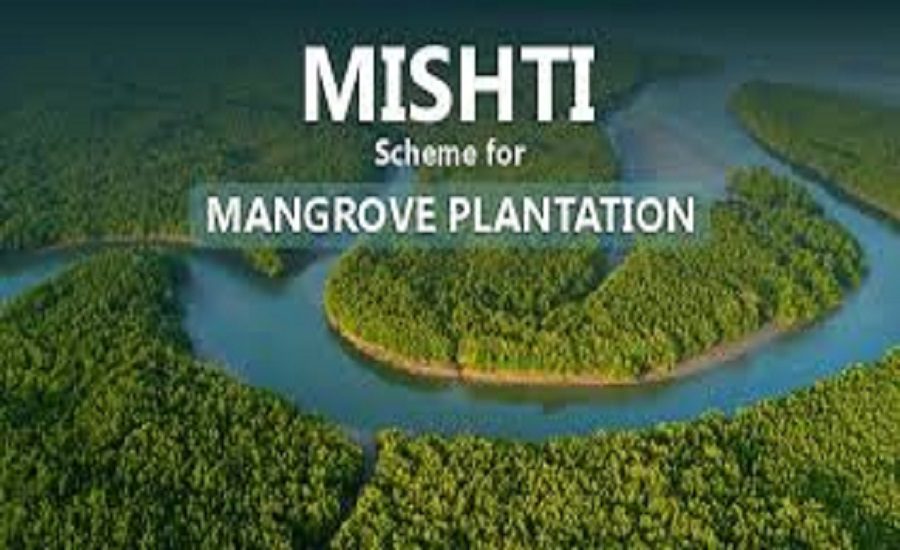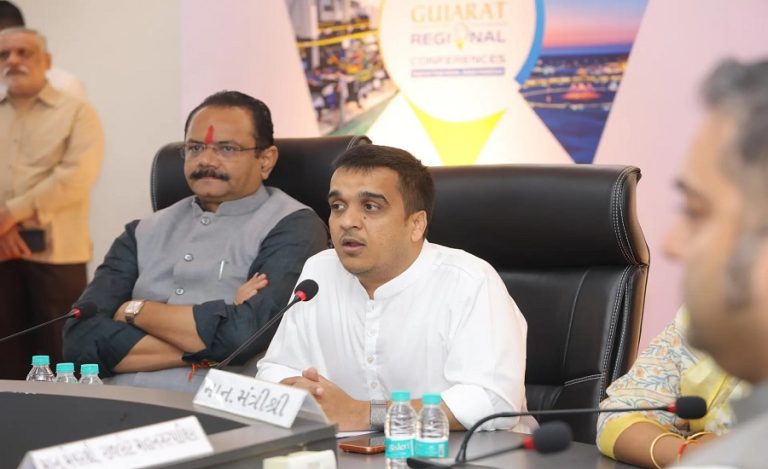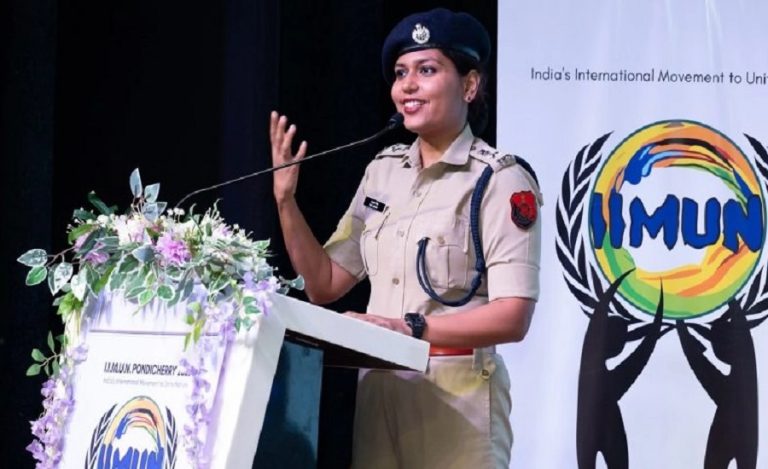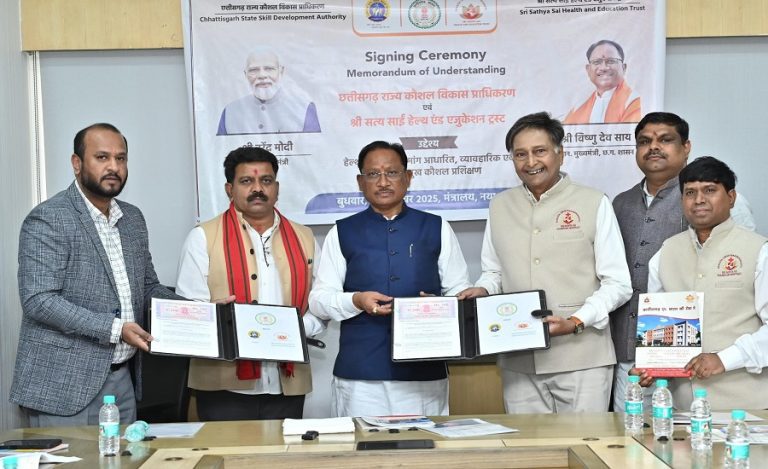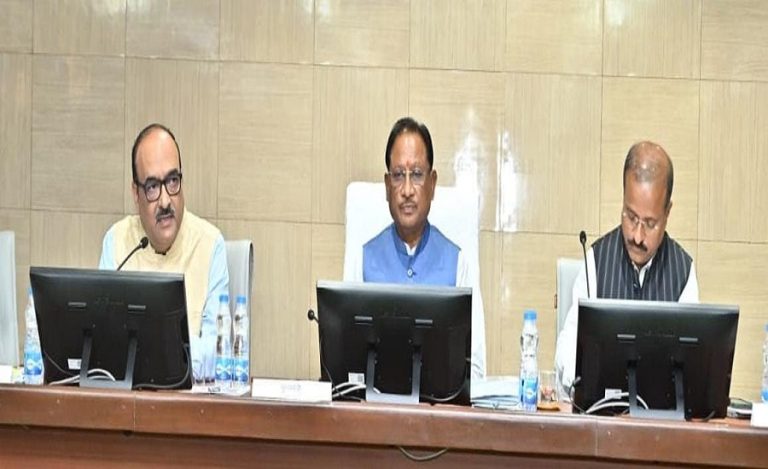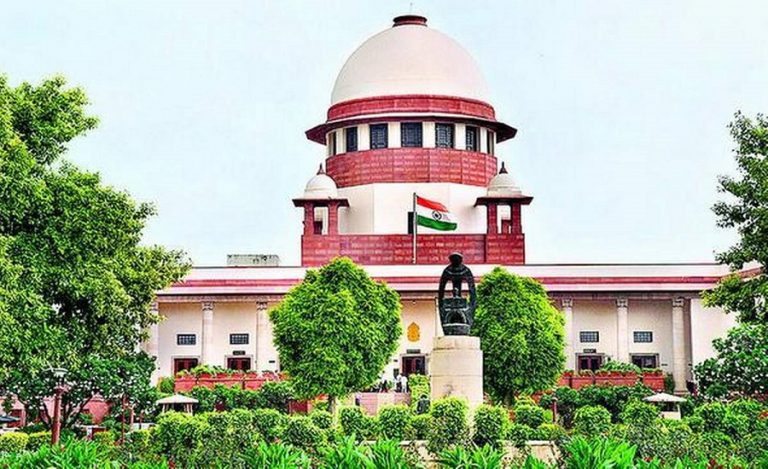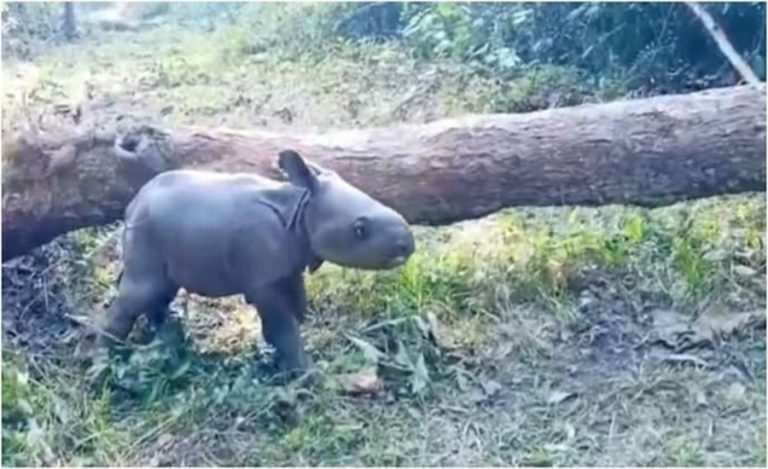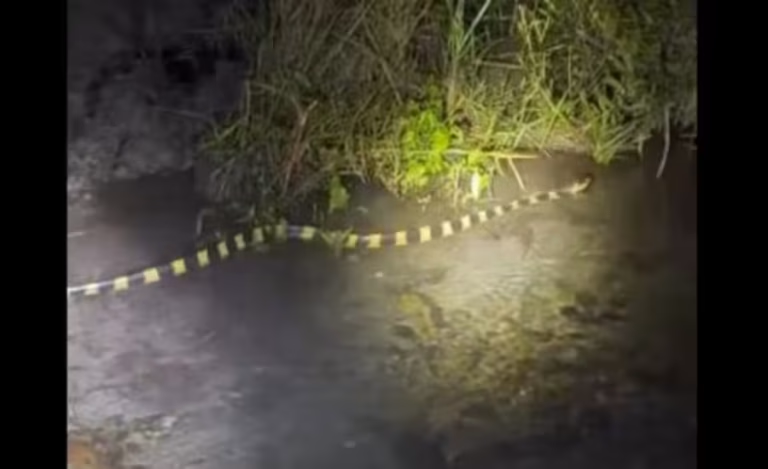New Delhi: The Union Government has reported significant progress in mangrove restoration under the MISHTI (Mangrove Initiative for Shoreline Habitats & Tangible Incomes) Scheme during 2023-24 and 2024-25. A total of 26,396.34 hectares of degraded mangrove areas have been targeted for restoration, with funds coming from both National and State CAMPA, MGNREGS, and other convergence programs.
Extensive Mangrove Restoration Efforts Across India
The government’s efforts include 3,836 hectares restored with support from National CAMPA under MISHTI, while 22,560.34 hectares have been restored through convergence with State CAMPA funds, MGNREGS, and allied schemes. These figures underscore the integrated approach adopted to revive coastal ecosystems and enhance biodiversity.
Odisha’s Focused Plantation and Livelihood Programs
Under the MISHTI scheme, Odisha has received ₹0.70 crore to support mangrove restoration and plantation activities in four districts: Balasore, Bhadrak, Kendrapara, and Puri. The scheme currently covers 89 hectares in the state.
In Kendrapara’s Junusnagar village, located near the Bhitarkanika Mangrove Division, 5 hectares have been earmarked for plantation activities. During the fiscal year 2024-25, an expenditure of ₹4.69 lakh was utilized to raise 13,750 mangrove seedlings.
Apart from restoration, the initiative promotes livelihood support activities in partnership with local Eco-Development Committees (EDCs) and fringe villages. These activities include nursery management, mangrove honey production using beehive boxes, backyard duckery, and tailoring projects, thereby blending environmental conservation with community welfare.
Community Participation at the Heart of MISHTI
A distinguishing feature of the MISHTI Scheme is the active involvement of local communities in mangrove conservation efforts. Multi-stakeholder workshops bring together forest officials, NGOs, Van Suraksha Samitis (VSS), Eco-Development Committees (EDC), Panchayati Raj Institutions (PRI), academic representatives, and government officials to raise awareness on mangrove protection.
The scheme encourages regular community meetings, training, and awareness programs to build local capacity for sustainable mangrove management. Members of VSS and EDCs take part in nursery raising, plantation, post-planting care, and watch and ward activities, fostering a sense of ownership and responsibility towards mangrove ecosystems.
Read Also: Caught Cheating: UPSC Cancels Candidate’s Exam, Debars Her for 3 Years – Details Inside
Towards Sustainable Coastal Ecosystems and Livelihoods
The MISHTI scheme’s blend of ecological restoration and livelihood enhancement represents a model of sustainable development, helping safeguard India’s rich coastal biodiversity while empowering communities dependent on mangrove resources.
This information was given by Union Minister of State for Environment, Forest and Climate Change Kirti Vardhan Singh in a written reply in the Lok Sabha today.

